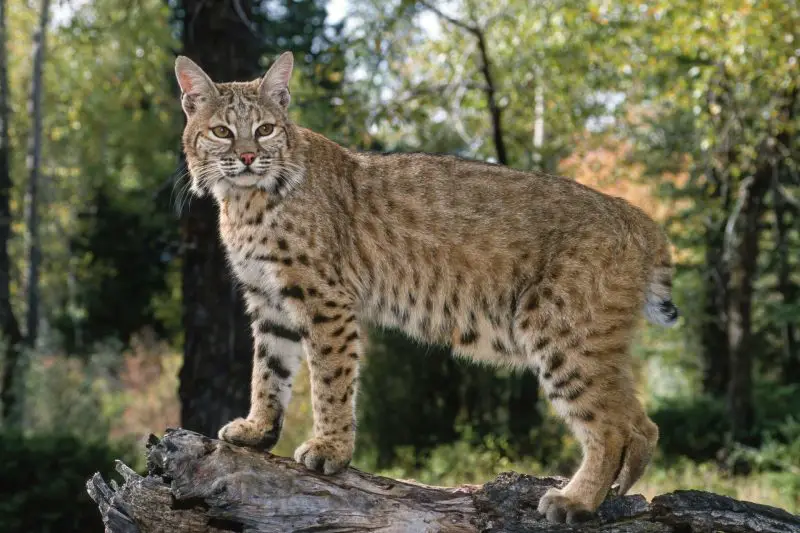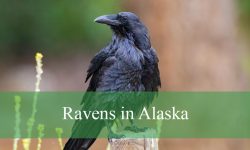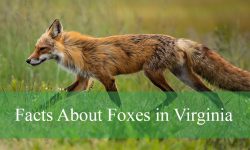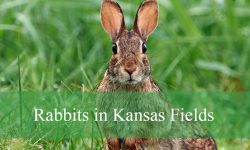Texas is home to one of the most adaptable and elusive wildcats in North America: the bobcat (Lynx rufus texensis). These mid-sized felines roam across the state, from the desert brushlands of the southwest to the piney woods of the east. While bobcats are widespread, spotting or hunting one requires a good understanding of their habitat, behavior, and preferred terrain.
In this article, we’ll explore the four best places to see and hunt bobcats in Texas, along with detailed tips to improve your chances of success.
Understanding Bobcats in Texas

Bobcats in Texas are known for their stealthy nature, distinctive spotted coats, and short bobbed tails. They typically weigh between 15 to 35 pounds and measure up to 50 inches in length. Though they are found statewide, bobcats prefer habitats that offer plenty of cover such as dense brush, rocky outcrops, and wooded areas. They are most active during dawn and dusk, making those the ideal times for observation or hunting.
Bobcats are solitary and territorial, using scent markings and vocalizations to establish their range. They feed primarily on small mammals like rabbits, rodents, birds, and even young deer. Due to their reclusive behavior, patience and knowledge of their habitat are essential for anyone hoping to catch a glimpse—or take a clean shot.
South Texas Brush Country
Habitat and Terrain
South Texas is one of the most famous regions for bobcat activity. The Brush Country stretches from the Rio Grande northward into counties like Webb, Dimmit, and La Salle. This area features thick mesquite, thorny bushes, cactus, and rolling grasslands—an ideal habitat for bobcats.
Bobcats thrive here due to the abundance of prey and natural cover. The region’s mix of private ranches and remote land provides them with plenty of undisturbed territory. The thick brush allows bobcats to remain hidden during the day, emerging during low-light hours to hunt.
Sightings and Hunting Opportunities
South Texas is renowned not just for its bobcat population but also for the frequency of sightings. Hunting leases and private ranches often offer predator hunts, and some even provide night hunting options using thermal scopes and predator calls. Spot-and-stalk and calling methods both work well here.
Ranchers in this region often encourage predator hunting to manage populations, making it a welcoming destination for hunters. For those interested in photography or observation, early morning stakeouts near water holes or game trails offer the best chances of seeing bobcats in action.
Expert Tip
Use distress calls that mimic injured rabbits or birds, especially around dusk. Bobcats in this region respond aggressively to such sounds, and thermal optics can greatly improve visibility in dense brush.
West Texas and the Trans-Pecos Region
Rugged Landscapes and Prime Territory
West Texas offers some of the most rugged and remote terrain in the state. The Trans-Pecos region, which includes counties like Jeff Davis, Presidio, and Brewster, is dominated by rocky mountains, desert plains, and dry riverbeds. This environment is ideal for bobcats that prefer solitude and wide-ranging territory.
Unlike the dense brush of South Texas, the terrain in West Texas offers longer sight lines and open spaces. Bobcats here use arroyos, boulder fields, and abandoned ranch structures as shelter. Their camouflage is highly effective against the rocky background.
Tracking and Hunting Conditions
Because bobcats in this region are spread out over vast areas, tracking is key. Look for tracks and scat near water sources and rocky ledges. Hunts in West Texas often involve long periods of glassing (using binoculars or spotting scopes) from elevated areas.
For hunters, this region offers a more traditional and challenging experience. Success often comes from persistence and careful scouting. Night hunting is allowed in many parts of West Texas, making it an exciting option when done legally and safely.
Expert Tip
Focus your efforts near seasonal waterholes or creeks. Even in arid terrain, bobcats need water. Early morning and twilight hours are most productive for both tracking and calling.
Central Texas Hill Country
Balanced Habitat and Accessibility
The Hill Country, which includes counties like Kerr, Gillespie, Llano, and Lampasas, features rolling hills, oak woodlands, and rivers. It represents a blend of both eastern and western Texas ecosystems, offering a balanced habitat for bobcats.
Bobcats in the Hill Country tend to stick close to areas with mixed cover—dense underbrush for hiding and open clearings for hunting. The proximity to rivers and creeks also provides reliable food sources, making this region a bobcat stronghold.
Sightings and Private Land Opportunities
Though not as remote as West Texas, the Hill Country is still home to a healthy bobcat population. Many private properties and managed hunting ranches allow bobcat hunts, often as part of predator control programs. These hunts may be combined with deer or hog hunting packages.
Nature enthusiasts and wildlife photographers can often spot bobcats at dawn near trails or water crossings. Observing quietly from a blind positioned near a known game path can be highly rewarding.
Expert Tip
Use scent lures in combination with calls for higher effectiveness. Bobcats in this area are curious but cautious—minimize movement and wear camouflage suited to oak and cedar brush.
East Texas Piney Woods
Dense Forests and Secretive Bobcats
The Piney Woods of East Texas cover areas such as Angelina, Nacogdoches, and Jasper counties. This region is known for its dense pine forests, thick underbrush, and rich biodiversity. Bobcats here are more elusive due to the heavy vegetation.
Despite the challenging terrain, the Piney Woods hold a stable bobcat population. These cats make use of old logging trails, river bottoms, and thickets to stay out of sight. While visibility is limited, patient observers can be rewarded with rare sightings.
Challenges and Strategies
Spotting or hunting bobcats in East Texas can be more difficult, but it’s not impossible. Success often depends on scouting signs like tracks in mud, scrapes, or scat. Tree stands and ground blinds overlooking trails and edges of clearings improve chances.
Because the vegetation is so thick, using electronic calls that carry well through dense woods is effective. Bobcats will often circle downwind before approaching, so proper wind direction is essential.
Expert Tip
Focus on early morning hours after a light rain, when bobcat tracks are easier to see. Look for signs near logging roads, creek banks, and thinned areas of forest.
Legal Considerations for Hunting Bobcats in Texas
Bobcats are classified as non-game animals in Texas, meaning they can be hunted year-round with a valid hunting license. There are no closed seasons or bag limits for bobcats, but hunters must still follow general wildlife laws and landowner permissions.
Using spotlights or thermal optics for night hunting is legal in many counties but may require landowner approval. Always consult the latest regulations from Texas Parks and Wildlife Department (TPWD) before planning a hunt.
Trapping is also allowed but requires special licensing. While bobcat pelts have value, ethical hunting practices and habitat respect are encouraged.
Final Thoughts
Texas offers some of the best opportunities in the U.S. to see and hunt bobcats, thanks to its varied terrain and strong populations. Whether you’re exploring the brush country of the south or the rocky ledges of the west, each region offers unique experiences and challenges.
With the right knowledge, gear, and timing, encountering a bobcat in the wild can be both thrilling and rewarding. Respect for the animal, the land, and the rules ensures that this tradition remains sustainable for future generations. Use this guide to choose your destination, prepare properly, and make the most of your next Texas bobcat adventure.






